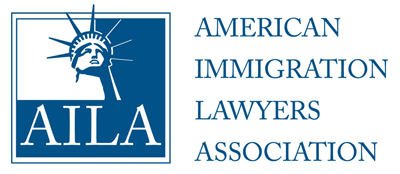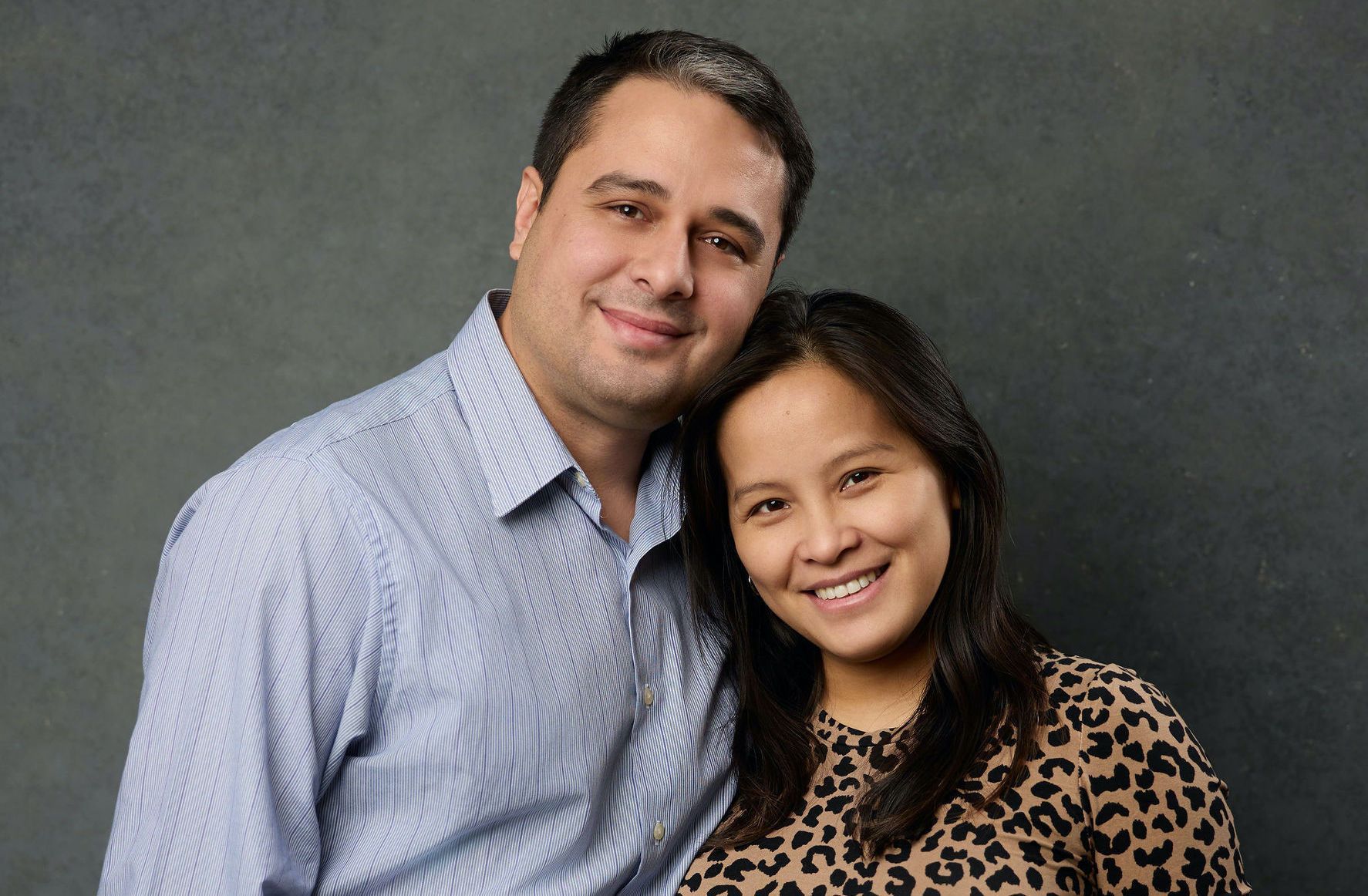US Citizen’s Guide to Immigrating a Colombian Spouse or Fiance

This post will be discussing two types of Immigrant Visas available for a Colombian Spouse or Fiance:
- The CR-1/IR-1 Spousal (Immigrant) Visa, and
- The K-1 Fiance (Immigrant) Visa
This post will not be discussing the K-3 Immigrant Visa, due to the low approval rating (less than a dozen a year). If you wish to know more about this type of visa and why our office does not handle said filings, please click the following link to view the Related Post here .
Common Topics:
What Documents are going to be required for each process?
Our office has an Immigration Checklist that will help aid you in identifying the mandatory items USCIS and the NVC will need according to your specific case and stage: https://www.fickeymartinezlaw.com/immigration-checklist/
What are the Consular Interview instructions for Bogota?
The Bogota Embassy provides the following instructions for consular interviews: https://travel.state.gov/content/travel/en/us-visas/Supplements/Supplements_by_Post/BGT-Bogota.html
Guidance on Birth, Marriage, Divorce, and Police Certificates for Colombia:
Please make use of the following link: /immigration/consular-processing/us-immigration-requirements-colombia-birth-marriage-divorce-and-police-certificates/
Our newborn was born in Colombia? What now?
It is a common belief that a child born abroad to a USC would need a visa to enter the US. However, that is just a myth. Many children of US Citizens are already US Citizens and should use a US Passport for travel.
The Consular Report of Birth Abroad (CRBA) Process (More info found here: /immigration/children-born-abroad-how-to-get-citizenship-from-parents/ ) registers the birth at the US Embassy in Bogota. This process provides the US Citizen child a US Passport, a US Social Security Card, and a proof of US Citizenship in the form of a CRBA Certificate that will never expire.
Can my Spouse or Fiance just use a Tourist Visa and do Adjustment of Status in the US to get a Green Card?
The short answer is: No! Tourist Visas were created for the intention of temporary travel to the US, and as such, should not be used to permanently move to the US.
A “non-immigrant travel item” is 100% polar opposite to “immigration.” The US Government has the right to bar and punish the misuse of a Tourist Visa, a non-immigrant item, when someone intends to Immigrate. CR-1/IR-1 and K-1 are immigration visas used with the intention of immigrating to the US.
For additional information read the following blog: https://www.fickeymartinezlaw.com/immigration/adjustment-of-status/tourist-visa-and-esta-vwp-consular-processing-versus-adjustment-of-status/
I already submitted a filing and it is taking longer than expected. How can I verify that I am within normal processing time?
Please read the following blog post that will explain how you can locate the USCIS Tool to see up-to-date processing times in your specific jurisdiction. /immigration/how-do-i-check-uscis-processing-times/
CR-1/IR-1 Spousal (Immigrant) Visa
The IR-1 / CR-1 Spousal Immigrant Visa is the visa that would allow a Colombian spouse to immigrate to the United States. The process involves two main stages. In the first stage, the filing will be reviewed and approved by USCIS. Once it is approved, the filing will enter stage 2 where it is transferred to the NVC and then subsequently to the Embassy in Bogota.
For a more detailed overview of this type of filing and what it entails please refer to the steps below:
- Part 1 – Petition to Recognize the Relationship – Submit the I-130 Electronically with USCIS ( Related Blog Post found here )
- Part 2 – USCIS Processing – I-130 Pending awaiting a USCIS Officer to review the filing and supporting documents ( Processing times Post found here )
- Part 3 – NVC Processing – Visa fees are paid, DS-260 completed, and supporting documents uploaded.
- Part 4 – Consulate Interview – NVC provides the Bogota Interview day and time, the Embassy/Consulate Account would be Registered, the Immigrant Medical Performed, Documents prepared, and Interview Attended.
- Part 5 – Arrive to the US – Pay Immigrant Fee, Fly to the United States, Apply/Receive US Social Security Card, and Receive Green Card in the mail within 4 months after entry.
Government Cost(2025 Estimate): $1305
Average Processing Time (2025 Estimate): 16 to 24 months (with the bulk of processing time spent in the I-130 Petition)
The I-864 Affidavit of Support will be assessed according to the I-864P (Link found here: https://www.uscis.gov/i-864p ). If you do not overcome the I-864P Poverty Level, then Assets would be required ( Asset Explanation found here ), or a Co-Sponsor would be required ( Co-Sponsor found here ).
What is the Difference of a CR-1 or IR-1 Visa? When the couple has been married for less than 2 years at time of interview, then a CR-1 Visa would be issued, conditioning the residence to a 2-year Green Card and requiring an I-751 thereafter. ( More information found here ) If the marriage is more than 2 years at time of interview, then an IR-1 Visa would be issued and a subsequent Green Card would be valid for 10 years.
K-1 Fiance (Immigrant) Visa
The Fiancee Visa has 3 Stages:
- Stage 1: I-129F Petition filed with USCIS
- Stage 2: File the DS-160 K-1 Fiance Visa application with the US Embassy in Bogota, Colombia, this is what will allow the fiancee to enter the US
- Stage 3: Once in the US, file the I-485 Adjustment of Status with USCIS to receive a Lawful Permanent Resident Status
The intention of Stage 1 of the process is to recognize the relationship and confirm the eligibility of the petitioner. Stage 2 is intended to confirm that there will be is no marriage fraud and re-confirms eligibility. Stage 3 confirms the marriage occurred after entry on the K1 Visa and that the marriage is for love.
What are the Requirements to file for the I-129F Filing?
- The Petitioner must be a US citizen
- The Relationship is bona fide
- The US Citizen and Colombian have physically seen each other within the past 2 years
- The US Citizen and Colombian intend to marry with the K-1 Visa within 90 days after entry
- The US Citizen and Colombian are legally “free to marry,” meaning there is no pending divorce.
- The US Citizen has a stable income to support the Colombian fiance, and that income overcomes Federal Poverty Level Guidelines as stated in the USCIS I-864P
How to prepare a Letter of Intent for this process:
Below is a template our office has created to assist: Fiance Letter of Intent Template
How long does the I-129F take to process? The processing times for the I-129F petition can be found here, just select the service center the filing is located at (which that info is generally found on the filing’s Receipt Notice): /immigration/how-do-i-check-uscis-processing-times/
How long does the I-485 take to process? The above link can assist in finding the current processing time, the difference is that you would select the local USCIS Field Office, versus a USCIS Service Center. The I-485 filing (based on marriage) generally requires an interview at a local field office.
Have a Quick Question? Message Us!
If you require assistance with the Spousal or Fiance Visa process, please consider contacting our office to set up a consultation with our Immigration Attorney.
Disclaimer: This Blog is made available by the lawyer or law firm publisher for educational purposes only as well as to give you general information and a general understanding of the law, not to provide specific legal advice. By using this blog site you understand that there is no attorney-client relationship between you and the Blog/Web Site publisher. The Blog should not be used as a substitute for competent legal advice from a licensed professional attorney in your state.
The post US Citizen’s Guide to Immigrating a Colombian Spouse or Fiance appeared first on Fickey Martinez Law Firm.












